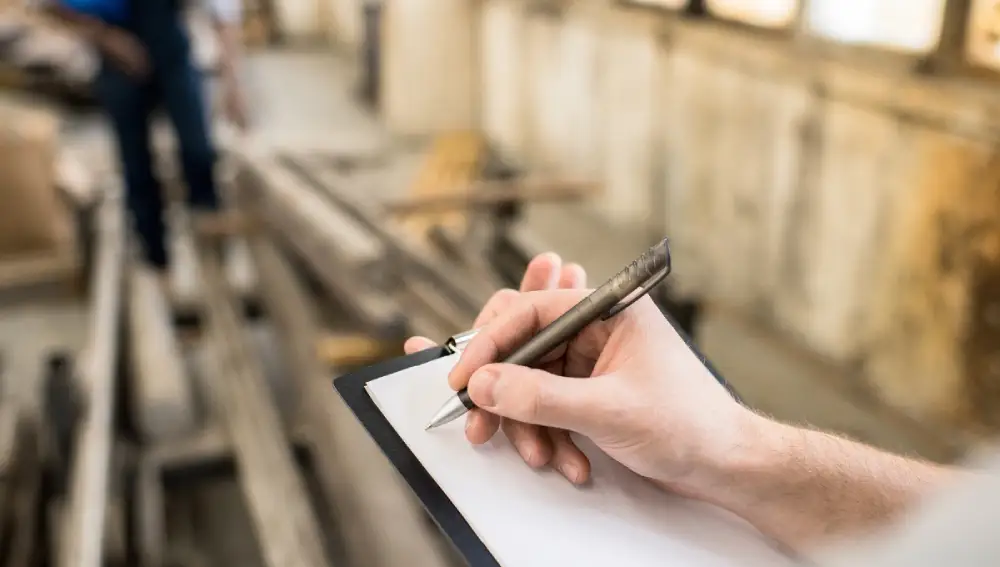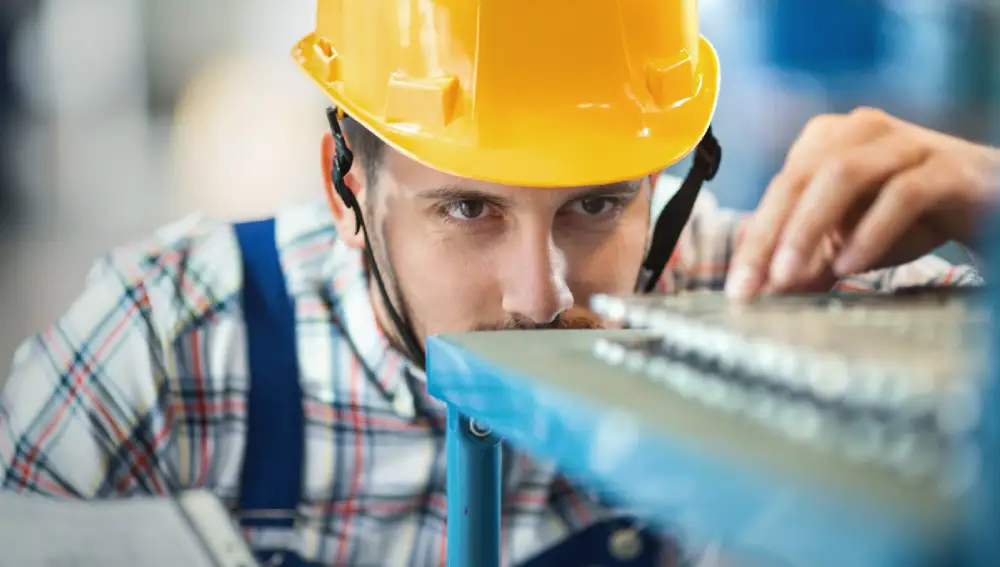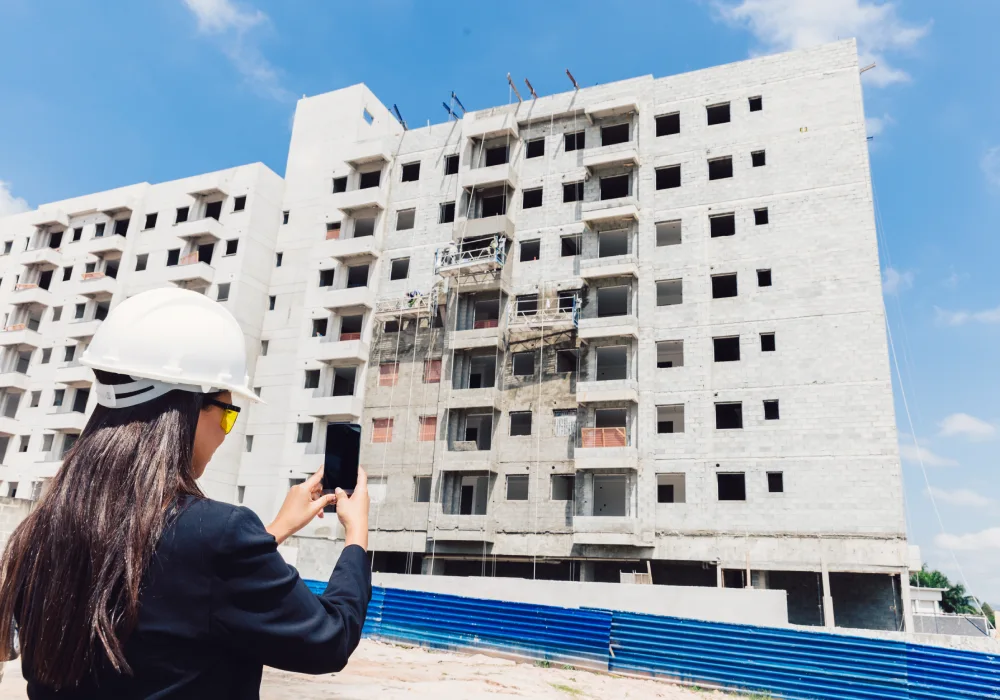Constructing a house is an important task that entails a careful analysis of a number of factors so as to get a good and comfortable home. Here are some detailed insights into essential aspects to prioritise when constructing a house:
2 Most important things not to skimp when building a house
1. Quality of Construction
Why It Matters:
The quality of construction is the backbone of your house. It affects the structural integrity, safety, durability, and overall performance of the building. Skimping on construction quality can lead to significant problems down the line, including costly repairs, safety hazards, and a reduced lifespan of the house.
Key Areas to Focus On:

a. Foundation and Structure:
Practical Knowledge: The foundation is the most critical part of any building. It bears the entire load of the structure. Using high-quality materials and ensuring proper construction techniques are followed is vital. For example, the soil should be tested to determine its bearing capacity, and the foundation should be designed accordingly. Reinforced concrete is commonly used for its strength and durability.
Tips: Hire experienced engineers and contractors, use quality cement and steel, and ensure adequate curing time for concrete to achieve maximum strength.
b. Building Materials:
Practical Knowledge: The choice of materials like bricks, cement, steel, and wood directly affects the house’s durability and maintenance needs this are Building materials. Using substandard materials can lead to issues like cracks, water leakage, and structural failures.
Tips: Always opt for reputed brands and quality-certified materials. Conduct regular site inspections to ensure the materials used match the specifications.
c. Workmanship:
Practical Knowledge: Skilled labour is essential for quality construction. Poor workmanship can lead to uneven walls, improper fittings, and weak structures.
Tips: Hire qualified and experienced labourers, supervise the work regularly, and ensure that construction follows the approved plans and specifications.
d. Waterproofing and Insulation:
Practical Knowledge: Proper waterproofing prevents water seepage, which can damage walls and foundations. Good insulation helps maintain a comfortable indoor temperature and reduces energy costs.
Tips: Use high-quality waterproofing materials for roofs, basements, and bathrooms. Invest in proper insulation for walls and roofs to enhance energy efficiency.
2. Basic Infrastructure

Why It Matters:
Basic infrastructure includes essential services like plumbing, electrical systems, and sewage. These systems ensure the functionality and habitability of your home. Poor infrastructure can lead to frequent repairs, increased maintenance costs, and potential health hazards.
Key Areas to Focus On:
a. Plumbing:
Practical Knowledge: A well-designed plumbing system ensures efficient water supply and waste disposal. Poor plumbing can result in leaks, water damage, and health issues.
Tips: Use high-quality pipes and fittings, ensure proper installation, and conduct pressure tests to check for leaks. Plan for easy access to pipes for future maintenance.
b. Electrical Systems:
Practical Knowledge: A reliable electrical system is crucial for safety and convenience. Faulty wiring can cause short circuits, fires, and electric shocks.
Tips: Hire certified electricians, use high-quality wires and components, and install adequate circuit breakers. Ensure that the wiring system adheres to safety codes and regulations.
c. Sewage and Drainage:
Practical Knowledge: Efficient sewage and drainage systems prevent waterlogging and maintain hygiene. Poor drainage can cause flooding, structural damage, and health hazards.
Tips: Ensure proper slope and design for drainage systems, use durable pipes, and include inspection chambers for maintenance. Regularly check and clean drains to avoid blockages.
d. Ventilation and Natural Light:
Practical Knowledge: Good ventilation and natural light are essential for a healthy living environment. Poor ventilation can lead to mold growth and respiratory problems.
Tips: Design the house to maximize natural light and airflow. Use large windows, ventilators, and exhaust fans. Consider installing skylights and openable windows in each room.
Other things to consider when building a house
Location
It is important to understand that the location of the house defines its value in the long-term period as well as the quality of life. Real estate location features that should be taken into consideration include; accessibility to facilities, security of the area, and plans for development in the future, and attractiveness of the location.
Floor Plan, Lot Size & Layout
Most times, the physical structure and design, including the size of the house, the pattern of the floor, and the location of the plot, define the usability and beauty of the house. Depending on what you plan to do outside your home and on the possibility of expanding the living area outside the house, the lot size is crucial.
Room Height
Room height is another aspect that people seldom pay attention to though it plays a vital role in the improvement or degradation of a home’s atmosphere. This is due to the fact that taller ceilings (at least 2. 5 meters) makes the room feel less confined, increases air flow and lets in more natural lighting. There is also more design potential for light fixtures and other kinds of decor when the ceilings are higher.
Reliability of the Developer
Choosing a reputable and qualified developer can help avoid problems during construction and ensure that the client and developer are happy with the results. When picking a developer, consider the developer’s overall reputation. Also, look at their past projects and their performance. Base this on the reviews of other customers who have worked with them before.
Basic Amenities
Electricity, water, sewage, internet, and other amenities make life comfortable in some regions. Check the services’ backgrounds. Ensure they are accessible and effective where your house will be. This will prevent future problems or extra costs.
Parking Space
Accessible parking areas are basic needs that add functionality and usability to the overall living space of a home. Also in your house design it is important that there is provision for parking of your vehicles as well as any other visitors that may come over. Items to consider include width of the driveway, size of the garage, and landscape design. The goal is to maximise parking space without hurting the beauty of the house.
Security
Prioritising security features in your house design can provide peace of mind and protect your property and loved ones. Install strong security systems. They can include alarms, cameras, motion sensors, and secure entry points. They will deter intruders and let you monitor your home remotely. Consider factors such as neighborhood safety, lighting, and landscaping. They will enhance your property’s safety.
Conclusion
Making sure your home design has the above security features helps a lot. It promotes the safety of your home and your family. Deciding on security features involves key factors. These include the safety of the neighbourhood and the adequacy of lighting. They also include landscape design.

